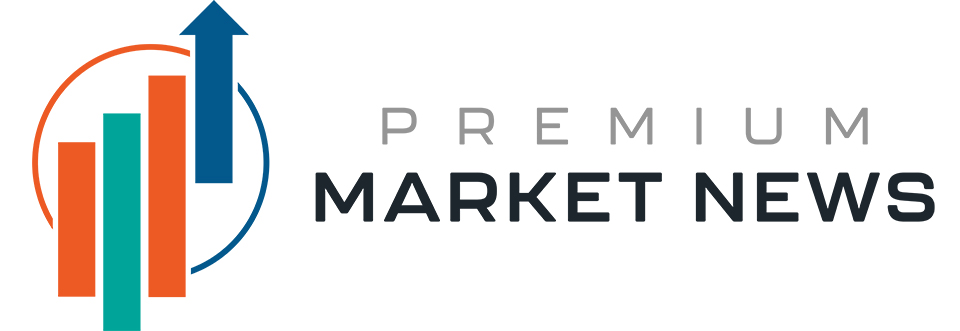WASHINGTON (TNND) — The odds of another interest rate cut from the Federal Reserve at its early December meeting have climbed rapidly as officials open the runway toward another reduction despite concerns about inflation and a backlog of economic data has shown an economy that may be struggling to stay afloat.
Several key officials have voiced support for another rate cut in December as the job market has stalled out. Delayed data from September revealed the economy is struggling to generate a demand for workers and unemployment has continued to inch slowly upward to 4.4% even though businesses added 119,000 jobs heading into the government shutdown. Officials will not be getting October figures on hiring or inflation ahead of the meeting.
Consumer spending also missed expectations in September in another delayed report that was released on Tuesday in an indication that Americans’ appetite for continued spending may be hitting a wall with continued inflation and fears about the labor market. Economists have noted spending is being driven by high-income households, while lower- and middle-class households are spending more cautiously and could weaken the driving force of the U.S. economy.
“Today’s mixed retail sales figures, combined with fresh evidence of soft private-sector hiring, strengthen the case for another cut before year-end. While a December pause had seemed likely, the prospect of a rate cut now looms large,” EY-Parthenon senior economist Lydia Boussour said.
Investors have rapidly increased their bets on a December cut since last week as more officials said they were warming up to the idea and government data started to flow again after the end of the shutdown that has not relieved concerns about a stalling labor market and economy. Futures markets have swung wildly back and forth since the Fed’s last meeting, when they thought a December cut was a certainty before comments from Fed chair Jerome Powell and other officials tempered expectations.
But odds of a quarter-point rate cut have surged to over 80% as of Tuesday after being below 40% just last week amid a chorus of Fed officials opening to another cut and new data providing little incentive for them to shift their stance, according to the CME FedWatch tool.
Another cut would bring the federal funds rate down to 3.5% to 3.75% and mark three straight meetings with a reduction. Officials have held conflicting views on what exact level the rate needs to be for it to stop being restrictive to economic growth. Some have argued it is already at a neutral point, while others think it isn’t there yet.
Among those arguing it is still restrictive are New York Fed president John Williams, whose remarks in a Friday speech helped spark the rally in bets toward a cut. In his remarks, he pointed to risks of further labor market deterioration with slowing job creation and wage growth with less upside risk to inflation.
“I view monetary policy as being modestly restrictive, although somewhat less so than before our recent actions,” Williams said. “Therefore, I still see room for a further adjustment in the near term to the target range for the federal funds rate to move the stance of policy closer to the range of neutral.”
Fed governor Christopher Waller, who has consistently backed rate cuts over the last few months over labor market concerns, said in a Monday appearance on Fox Business that the employment situation had not improved enough to warrant backing off a reduction in December.
“My concern is mainly labor market, in terms of our dual mandate. So I’m advocating for a rate cut at the next meeting,” Waller said. “You may see a more of a meeting-by-meeting approach once you get to January.”
San Francisco Fed president Mary Daly, who doesn’t vote on rate decisions this year, told the Wall Street Journal that she had shifted her stance to back a December reduction.
“On the labor market, I don’t feel as confident we can get ahead of it,” she said. “It’s vulnerable enough now that the risk is it’ll have a nonlinear change.”
But there is still a stark divide amongst Fed officials on what the right path is that may lead to a tricky debate for Powell to navigate. The Fed chair has been under immense pressure from the White House to continue cutting rates, though officials have been cautious to say their upcoming decisions will be dependent on more data releases.
Inflation has been running above the Fed’s 2% target for years and officials are still trying to parse what effects President Donald Trump’s massive set of tariffs will do to prices and how much of the increased costs businesses are facing will be passed onto consumers. Hawkish voting Fed presidents were already wary of the October cut due to elevated inflation, with four of them voicing opposition to cutting again.
The Fed is trying to strike a difficult balance as they are receiving mixed messages about the economy that are stirring concerns about developing stagflation, where the economic growth stalls out while prices still increase.
Boston Fed president Susan Collins, who voted for October’s cut, told reporters on Saturday she is hesitant about further reductions.
“Overall financial conditions are a bit of a tailwind, not a headwind,” Collins said. “That’s an environment where, for me, it doesn’t suggest an urgency to be more accommodative in monetary policy.”
